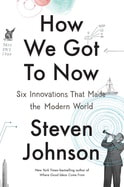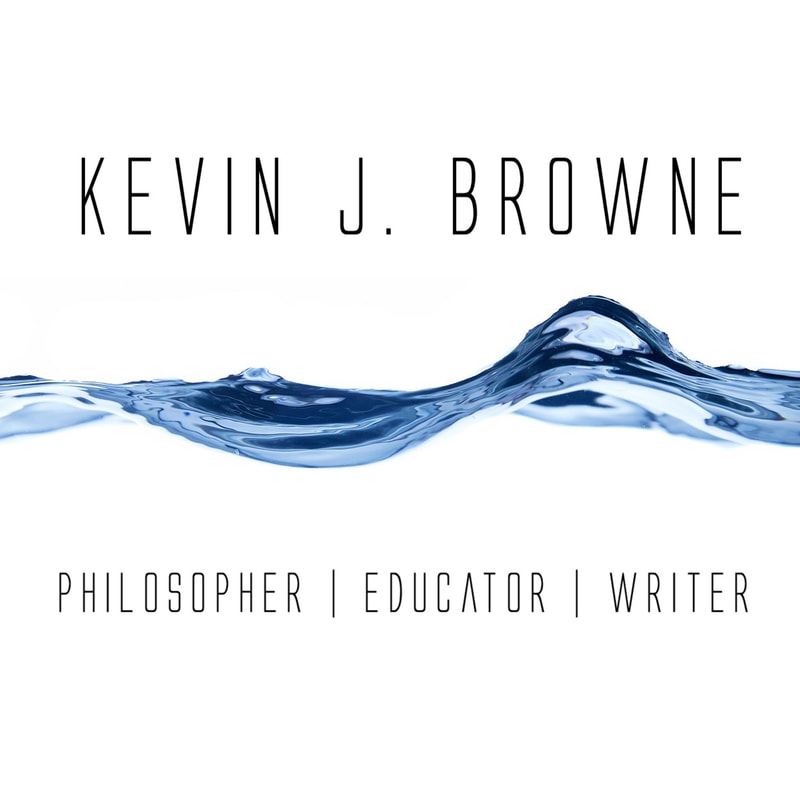|
An important part of being a good critical thinker, problem solver, and creative thinker is being able to make connections. Given that these skills have never been more important, it is clear that learning to make connections is crucial to understanding and thriving in the world in the 21st century. A good way to begin learning to make connections is to study connections in the past. Here are three good books to start with:  In this book Steven Johnson outlines the history of seemingly ordinary items such as glass, air conditioning, and sound recording. But, as he illustrates they are far from ordinary in their history and the changes they sparked. The book shows how innovations in one area can often set of changes in entirely unrelated areas. Understanding this about change and how things and events are connected is an important lesson that this book helps us learn.  James Burke is a master at making these kinds of connections and The Knowledge Web is a good introduction to his style of storytelling, connection-making history. He shows us that history is, first and foremost, a set of stories. There are twists and turns, unforeseen events and surprising connections. The interesting thing about these connections is that they are not always visible at the time. In fact, very few people make the connections and those who do often end up making the breakthroughs that later turn out to be revolutionary. But, the connections are there for anyone who cares to look or knows how to.  Closely related to this idea is the notion of microtrends. Small movements, sometimes a mere 1% of a population, can be the cause of big changes in our world. Like the connections discussed by Johnson and Burke, these trends are often difficult to spot when they are small. But, there is something to be learned from how these trends develop and which ones end up as the major drivers of change. If you can make those connections early on you can be prepared for the changes before they take everyone else by surprise. Also like the connections made by Johnson and Burke, these microtrends are there to be seen if you know what to look for. They are only hidden from view if you are unwilling to step outside your own bubble of information sources and take wider view of the world and what is going on in it.
As Penn points out in his book, because of the unreliable nature of most people's source of information, most people are just wrong about what they think is going on in the world. But, that doesn't mean that you can't improve your ability to understand your world. You just have to be open to looking and learn to make connections.
0 Comments
Leave a Reply. |
KEVIN J. BROWNEPhilosopher / Educator These blog posts contain links to products on Amazon.com. As an Amazon Associate I earn from qualifying purchases.
Categories
All
Archives
April 2023
|



 RSS Feed
RSS Feed
















